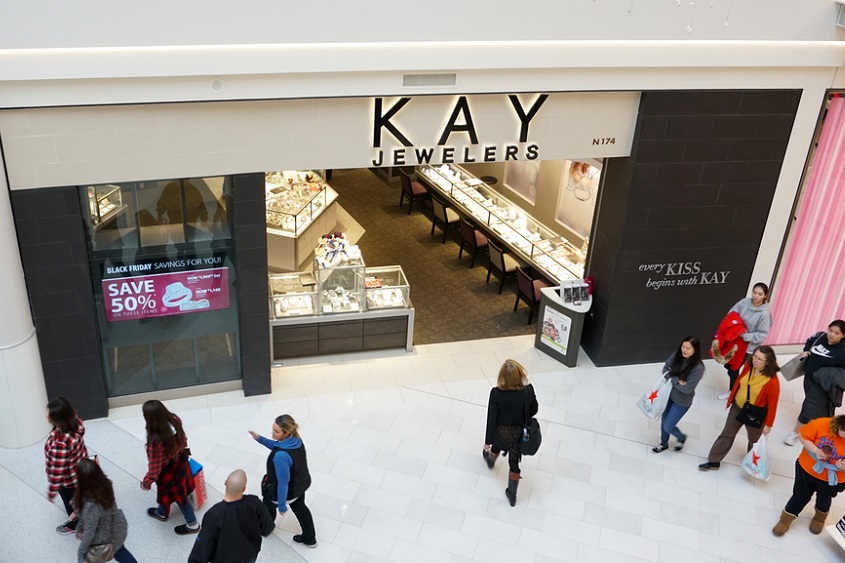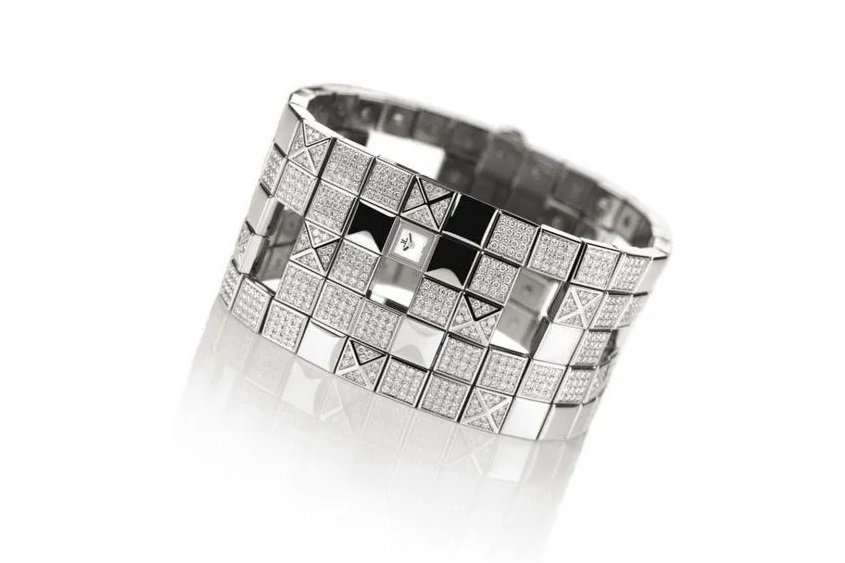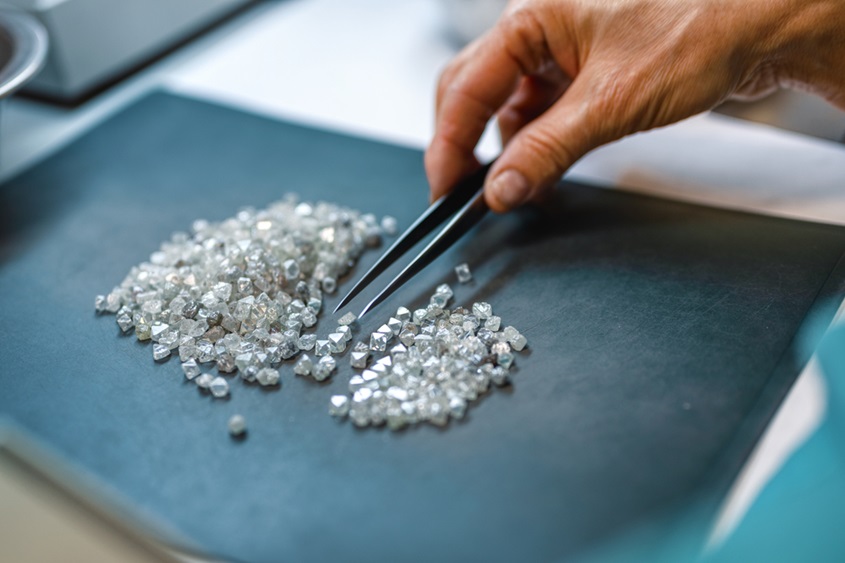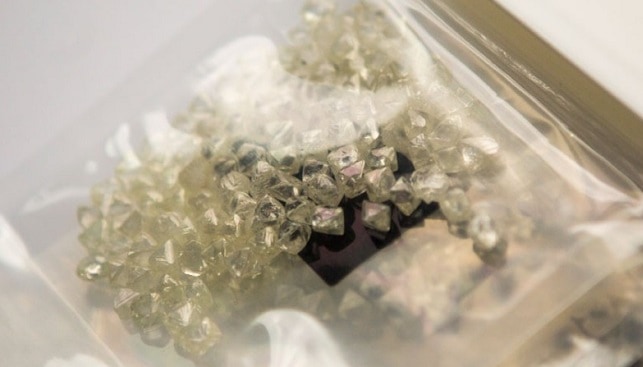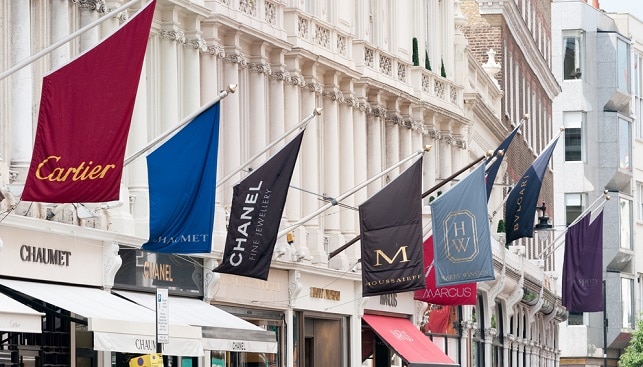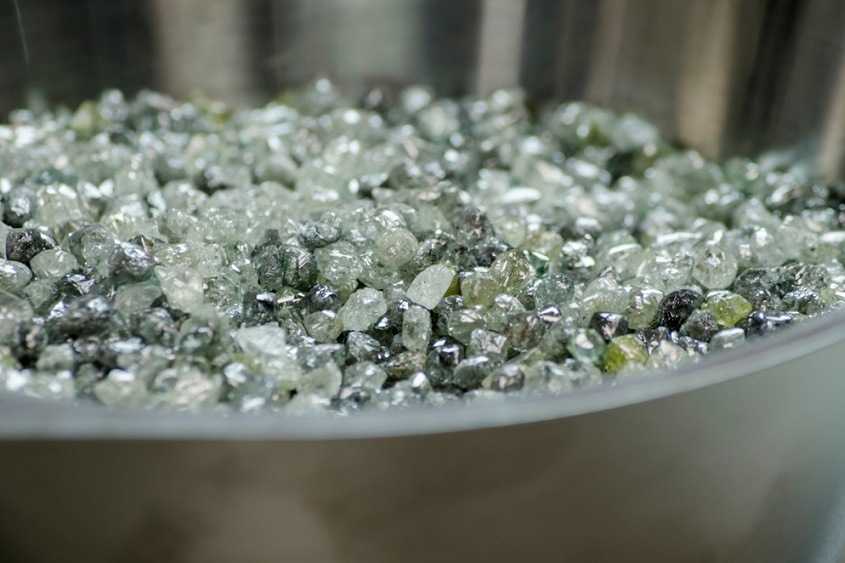Recently, Buckingham Palace announced that Camilla, Queen Consort, will not wear the 105-carat Koh-i-Noor diamond at the coronation of King Charles III on May 6. Instead, Camilla will wear a “modified version of Queen Mary’s crown, made by Garrard for the 1911 coronation and reset with the Cullinan III, IV and V diamonds.”
As the iconic, but highly controversial diamond has made headlines again and again since the death of Queen Elizabeth in mid-September, here are five of the more iconic diamonds and jewels throughout history.
The Koh-i-Noor Diamond
One of the most famous stones held by the British crown is the Koh-i-Noor diamond – a fabulous 105-carat oval-shaped brilliant stone.
Although it is just one of 2,800 stones set in the crown made for the Queen Mother, the Koh-i-Noor diamond has been a subject of controversy for decades. Presented to Britain by the Maharaja of Lahore in 1847 after the Anglo-Sikh war, India – as well as Pakistan, Iran, and Afghanistan – have all laid claim to the famous diamond. Mere days after Queen Elizabeth II’s demise, many Twitter users in India demanded its return.
Later, the prospect of Queen Consort Camilla wearing it at the forthcoming coronation in May, coupled with the origin of the newly appointed PM (Rishi Sunak is Britain’s first Prime Minister of Indian origin), have reignited the same calls.
In its latest announcement, Buckingham Palace said: “The choice of Queen Mary’s crown by her majesty is the first time in recent history that an existing crown will be used for the coronation of a consort instead of a new commission being made, in the interests of sustainability and efficiency.”
Read the full history of the Koh-i-Noor diamond here.

The Hope Diamond
The Hope Diamond, a rare blue diamond weighing 45.52 carats, is commonly believed to have once been part of the Tavernier Diamond, a famous blue diamond weighing 112 carats, which was named after the French trader who brought it from India to Europe in 1642.
After its arrival in Europe, the Tavernier Diamond was polished into a 65.50 carat stone in order to enhance its brilliance.
The rare diamond was subsequently sold to the King of France, Louis the XIV. During the French Revolution in 1789, the diamond was stolen and a smaller diamond of similar color was sold to the British banker Henry Phillip Hope in 1830, giving the diamond its name.
As is the case with other rare diamonds of this size, stories about a curse connected to the blue Hope Diamond were rampant. In 1911, the diamond was sold to the widow of Edward McLean, founder of the Washington Post.
After her death, the Hope Diamond was sold in 1949 to the renowned diamond merchant, Harry Winston. He subsequently presented it to the Smithsonian Museum in 1958, where it is on display to this very day.
In 2017, A team of scientists from the Smithsonian and the Muséum National d’Histoire Naturelle in Paris reconstructed the original Tavernier and French Blue diamonds – the stones from which the Hope Diamond was fashioned.
Read more about the reconstruction here.
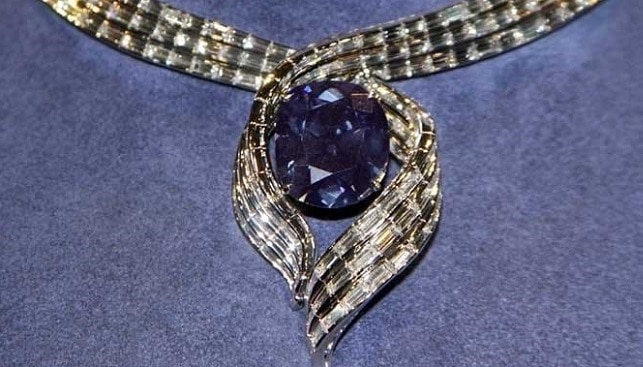
The Taylor-Burton Diamond
If there’s one gem whose history is intimately entwined with the events of the 20th century, it is the infamous Taylor-Burton diamond. The stone’s public life began when it was hacked out of South Africa’s Premier Mine, which has since been renamed the Cullinan mine.
Though it first weighed 241 carats, it was cut by the late Harry Winston down to just under 70 carats, into a pear shape. When its first owner decided to sell it at auction, it became the first diamond in the history of the world to be publicly sold for over a million dollars. Its purchaser was Robert Kenmore, and he then named the stone after the company he owned, Cartier.
Shortly thereafter, Kenmore sold the diamond to the actors Richard Burton and Elizabeth Taylor for a paltry $100,000 markup, although he probably gained much valuable publicity from the sale, since the two actors were then the most famous movie stars in Hollywood.
Taylor wore it publicly on a number of occasions, including the 40th birthday of Monaco’s Princess Grace and the 1970 Academy Awards show. Two years after Taylor and Burton divorced in 1976, the stone was auctioned off for $5 million and the funds from the sale were used to build a hospital in Botswana.
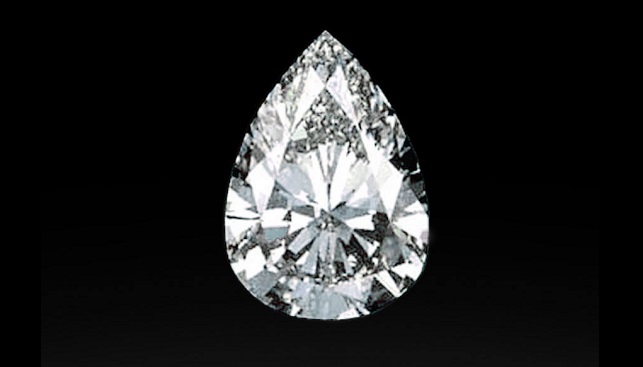
The Black Orlov Diamond
The most famous black diamond of all time is the Black Orlov, a 67.50 carat, cushion-cut diamond brooch surrounded by 108 white diamonds and suspended from a 124-diamond necklace.
Legend has it that the Black Orlov, also known as the “Eye of Brahma” was an uncut black stone of 195 carats, pried out of the eye of the statue of the sacred Hindu God Brahma, from a temple in Southern India. It takes much from the story surrounding the legendary Hope diamond.
The diamond was purchased by a diamond dealer called Dennis Petimezas in 2004, who reportedly said that he was “pretty confident that the curse is broken”.
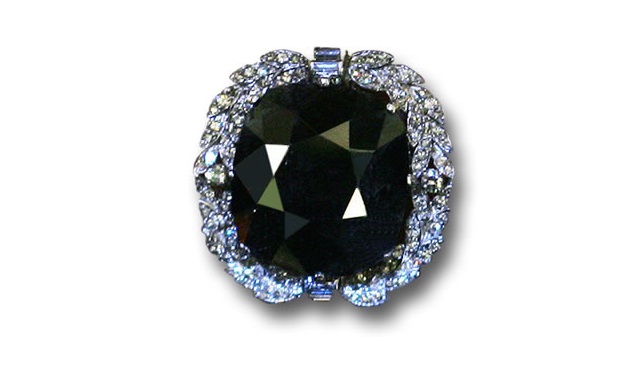
The “Breakfast at Tiffany’s” diamond
Made famous by Audrey Hepburn in the publicity photos for the 1961 blockbuster film “Breakfast at Tiffany’s”, the 128.54-carat yellow diamond was unearthed in 1877 in South Africa’s Kimberley mine and subsequently bought, cut and polished by Tiffany & Co founder Charles Lewis Tiffany.
To date, it has been worn by only four women, among them Hepburn, Lady Gaga and Beyoncé. The latter appeared in a 2021 ad video titled “Date Night”, a Tiffany homage to the classic 1961 movie and part of Tiffany’s 2021 About Love campaign.
In the video, Beyoncé wore the iconic diamond in a 2012 necklace, as well as a Tiffany ring with a yellow cushion-cut diamond weighing 22 carats.



